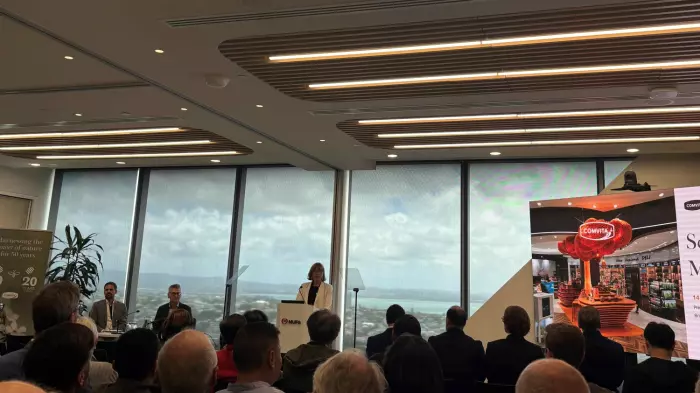The term “growth hacking” was coined in 2010 by Sean Ellis, who has taught business growth at universities such as Harvard, UC Berkeley and Imperial College London, when he was looking for a way to explain the type of marketing he did. The issue with introducing businesses to growth hacking is that, really, it sounds cheap. It is a victim of jargon, thanks to start-ups talking about the latest “hack” or “trick”, which turns away many seasoned executives. In New Zealand, the term is often met with disdain and is abandoned for more traditional marketing.
To put it simply, growth hacking is about running smart digital experiments to drive growth within your business. The only problem here is that every experiment needs to be assessed against relevant measures to determine its success, but most businesses are in the dark about what those measures should be. Growth hacking solves this problem.
To understand the benefits of growth hacking for business, there are three things business leaders in New Zealand need to do:
You need to digitise
In 2018, only 47% of Kiwi companies used social media to promote their business. In the US, that figure was 77%. Kiwis are behind the eight ball when it comes to measuring their growth. We assume that word of mouth is going to carry the average small business and that the corporate billboard is something that earns trust. While such assumptions may hold true, they are antiquated and, perhaps most importantly, can’t be tested with any precision.
To understand if your company can grow, you need to see how a customer gets to your website, how much it costs and what they do when they are there. With some data, you can make assumptions, test new approaches and repeat the process to find what works best for you. This type of process-driven growth is fundamental to the growth of any company, but very few actually know how to execute it in New Zealand.
Growth hacking is about digital experimentation and the process of measuring every step of how your customer buys from you. Most Kiwi companies are struggling to establish a regular social-media schedule and understand who is in charge of that, let alone build metrics on each step of a customer's journey.
You need to do more with less
Kiwis are notorious for working harder but not smarter. The Productivity Commission’s productivity by the numbers report released in May last year shows:
• Kiwis worked 34.2 hours a week and produced $68 worth of output an hour.
• Other OECD countries worked 31.9 hours a week and produced $85 worth of output an hour.
It would seem from these numbers that we are not very productive and have generally lost our number-8-wire mentality, an integral part of how to hack growth.
Growth hacking uses resource-light, cost-effective digital marketing tactics to retain and build an active customer base, sell products, and gain exposure. If you’re in a business that is willing to dump six to seven figures into brand awareness, you can always blame the market if your billboard doesn’t perform. However, if you’re in charge of the landing page experience and lots of people aren’t converting when they land on your website, there is only one person to blame. Growth hacking harnesses the contrast between these two examples: one can be waved away, the other can be measured.
Accountability is central to successful growth hacking, which requires us to do more with less. However, this often runs counter to the narrative many business leaders hold around ways of working.
You need to build a culture of experimentation
Microsoft originally bought Hotmail in December 1997. By 1999, it was the world’s largest webmail service, with more than 30 million active users. They achieved this by automatically adding “Get your free email at Hotmail”, with a link to the sign-up page, to every user's email signature.
This is an example of a growth hack. It was found with different experiments by the working teams of both Microsoft and original Hotmail founders.
This type of experimentation requires accountability and that means we need to be willing to take a risk or two to reach our growth goals. Microsoft spent $450m on acquiring Hotmail and millions more before they found this hack, but when it worked, they added another 300 million users in record time.
Locally, we’re happy to set and forget our digital marketing if it works for a while, and we assume it will work forever. Experimentation and continual growth in the world of digital are something of a foreign concept. If you’re building a business, layers of experimentation need to be built into growth goals so your teams can be practised on how they meet those goals.
While there will always be a place for traditional marketing, many New Zealand businesses would be far better off by embracing growth hacking as a way to unlock growth faster. There is an age-old saying in marketing that “you cannot sell a secret”. Growth hackers are no different; we just improve what’s already hiding in plain sight.
Kale Panoho (Ngāpuhi) is co-founder of growth hacking marketing agency K&J Growth, a managing director at Rugby Bricks and founding partner of Hakune, as well as a Forbes Agency Council member.










